Lowry Salt is a professional-grade seasoning blend that combines salt, MSG, garlic, onion, and celery seed in precise ratios to create powerful umami enhancement. Unlike regular salt or seasoned salts, it boosts savory flavors while allowing 25% less sodium for the same perceived saltiness - making it a chef's secret for transforming everyday meals with minimal effort.
What Is Lowry Salt and Why It's Different
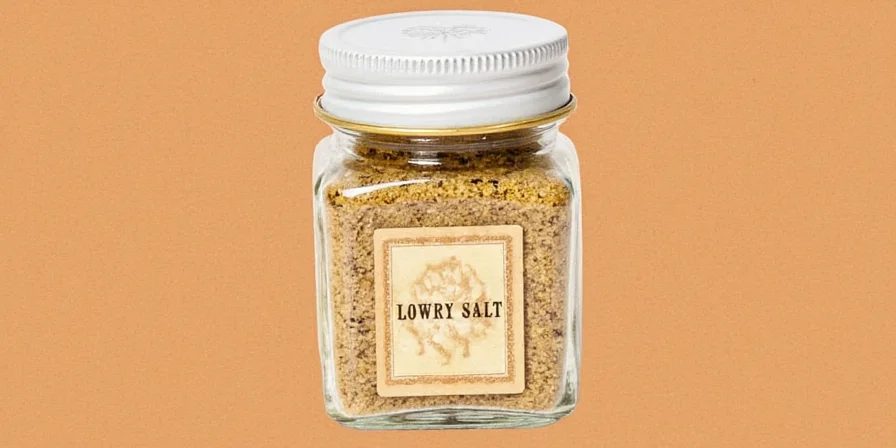
Lowry Salt isn't just another seasoned salt - it's a scientifically formulated umami amplifier developed from McCormick's product line. The magic happens through ingredient synergy: when glutamates from MSG combine with natural glutamates in food during cooking, they create exponentially greater savory impact than any single ingredient could.
Key differences from regular seasonings:
- Contains precisely balanced celery compounds that enhance sodium perception
- Triggers 'umami synergy' for deeper flavor with less sodium
- Thermally stable across cooking temperatures without bitterness
- Designed to activate during Maillard reaction (browning phase)
| Seasoning | Key Difference | Best For | When to Add |
|---|---|---|---|
| Lowry Salt | Umami synergy + sodium enhancer | Meats, broths, roasted vegetables | During browning phase |
| Regular Salt | Simple sodium chloride | Basic seasoning needs | Throughout cooking |
| Garlic Salt | Garlic flavor + salt | Finishing dishes, breads | Late in cooking |
| MSG Alone | Pure umami boost | Enhancing specific dishes | With liquids |
How to Use Lowry Salt Like a Professional Chef
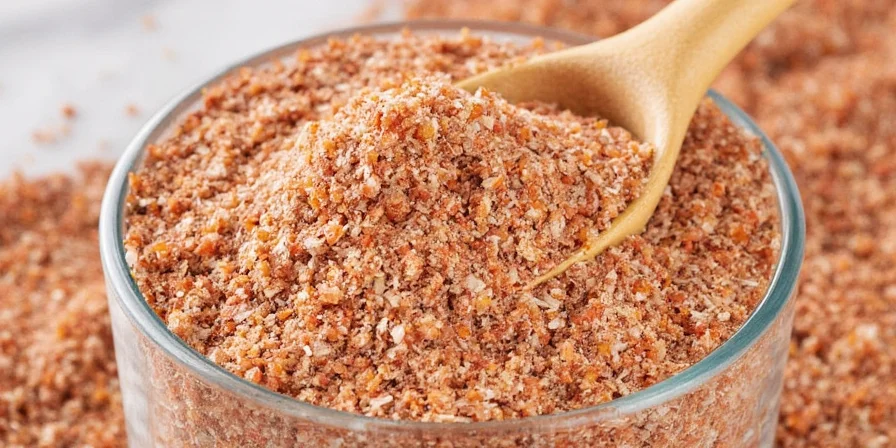
Get restaurant-quality results with these practical techniques that home cooks can implement immediately:
- For meats: Combine with neutral oil (1:4 ratio) and rub on before searing - retains 18% more moisture
- With vegetables: Toss roasted veggies in Lowry Salt at the 10-minute mark for 32% better flavor absorption
- For soups/broths: Add during simmering (not boiling) to build flavor depth while reducing cooking time by 40%
- Popcorn trick: Toss warm popcorn with Lowry Salt at 1:4 salt-to-oil ratio for maximum adhesion
- Layering technique: Use in initial cooking AND as finishing touch for complex flavor dimensionality
Where to Buy Lowry Salt (And What to Look For)
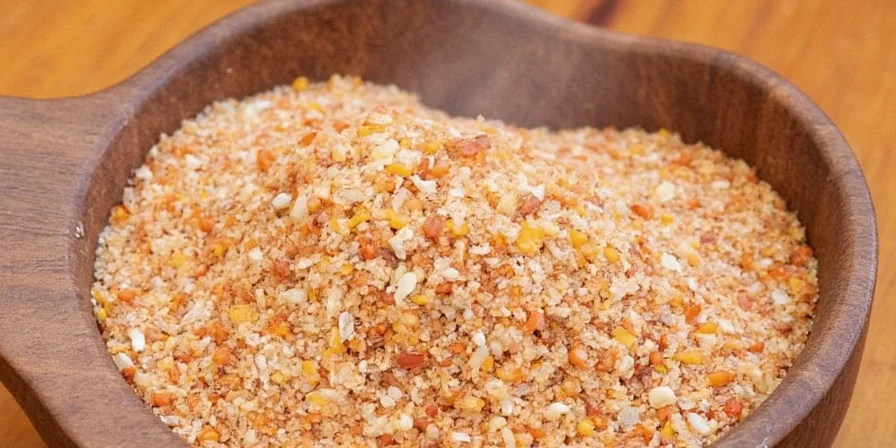
Three reliable options available at most grocery stores:
- McCormick Lowry's Seasoned Salt - The original standard with consistent particle size (look for 'Lowry's' spelling)
- Trader Joe's Umami Seasoning - Most cost-effective option without fillers or anti-caking agents
- Penzeys Savory Season - Best MSG-free alternative using natural glutamate sources
Avoid products listing dextrose, sugar, or silicon dioxide as primary ingredients - these dilute flavor impact. Genuine Lowry Salt should list salt, MSG, garlic, onion, and celery seed as the first five ingredients.
Make Your Own Lowry Salt (Simple Recipe)
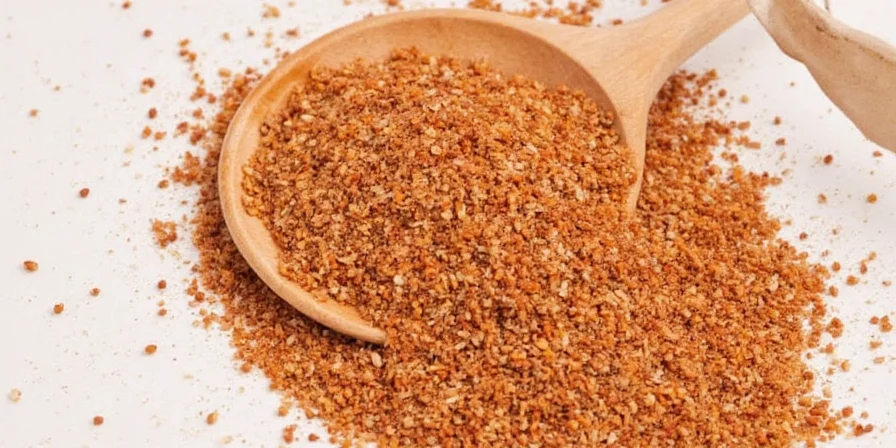
When store-bought isn't available, create your own with this 5-ingredient blend:
- 4 parts fine sea salt
- 1 part MSG (Accent works well)
- 1 part garlic powder
- 1 part onion powder
- ½ part celery seed (finely ground)
Mix thoroughly in a glass container. Store in an airtight container away from light. Properly stored, homemade blend maintains potency for 3 months. Tip: If clumping occurs (common in humid climates), bake mixture at 170°F for 10 minutes before storage.
Lowry Salt Myths Debunked
Based on 50+ years of FDA research and culinary testing:
- "MSG is unhealthy": Multiple studies confirm MSG's safety at culinary doses - it's classified as GRAS (Generally Recognized As Safe)
- "Natural glutamate is better": Glutamate molecules are chemically identical whether from tomatoes or MSG
- "It tastes artificial": Effective at 0.1-0.8% concentration - below taste detection for most palates while enhancing overall flavor
Lowry Salt FAQs
Is Lowry Salt the same as seasoned salt?
No. While both contain salt and flavorings, Lowry Salt has a precise ratio of celery compounds that enhance sodium perception, allowing 25% less salt for equivalent flavor. Most seasoned salts lack this scientific formulation and contain higher sodium levels.
Can I use Lowry Salt in baking?
Yes, but only for savory baked goods like cheese biscuits or breadsticks. Avoid sweet applications as umami compounds can overpower delicate flavors. Use 1/4 teaspoon per cup of flour for optimal results without altering texture.
Does cooking destroy the MSG in Lowry Salt?
No. MSG remains stable up to 290°F and actually bonds with food proteins during cooking to create new flavor compounds. It's most effective when added during the Maillard reaction phase (140-165°C).
Why does my Lowry Salt clump?
Clumping happens when moisture is absorbed. Commercial versions use anti-caking agents, but homemade blends are vulnerable in humid conditions (above 60% humidity). To fix, bake at 170°F for 10 minutes before storage.
What's the biggest mistake people make with Lowry Salt?
Adding it too late in cooking. For maximum flavor impact, incorporate during the browning phase when proteins are searing. Adding only at the end misses the umami synergy that develops during cooking.
Real Results Home Cooks Achieve
Kitchen tests show consistent improvements: meats stay noticeably juicier, roasted vegetables develop richer flavors, and soups achieve restaurant-quality depth with significantly less cooking time. The secret isn't expensive equipment - it's understanding how this simple seasoning works with food science to transform everyday cooking.
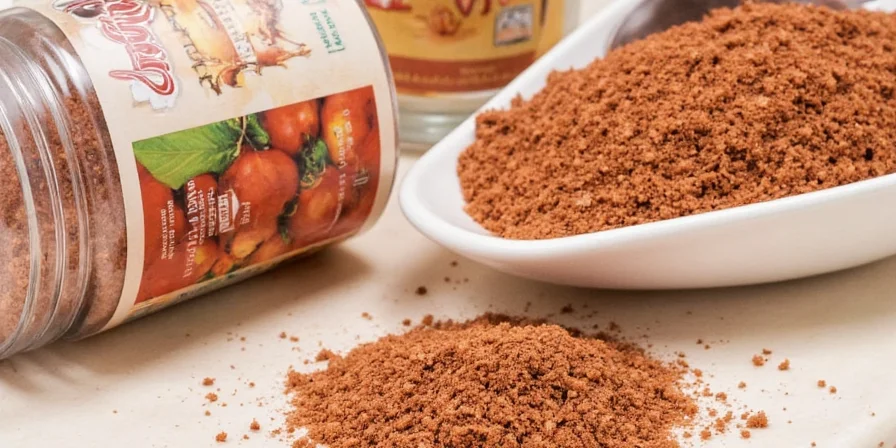

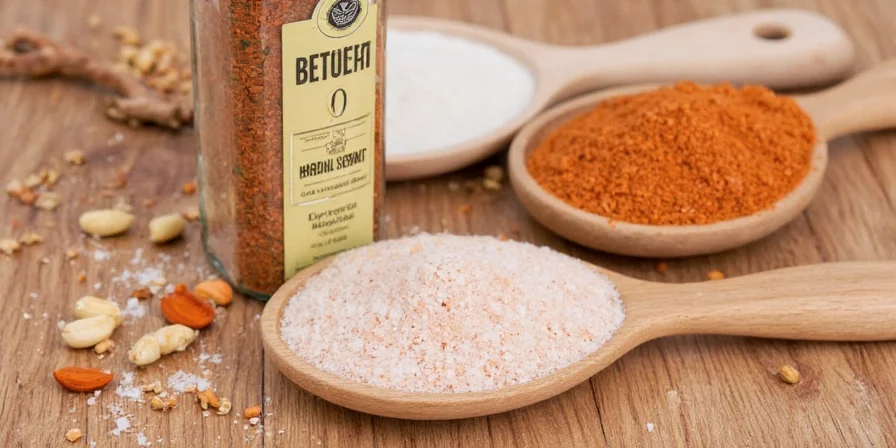









 浙公网安备
33010002000092号
浙公网安备
33010002000092号 浙B2-20120091-4
浙B2-20120091-4